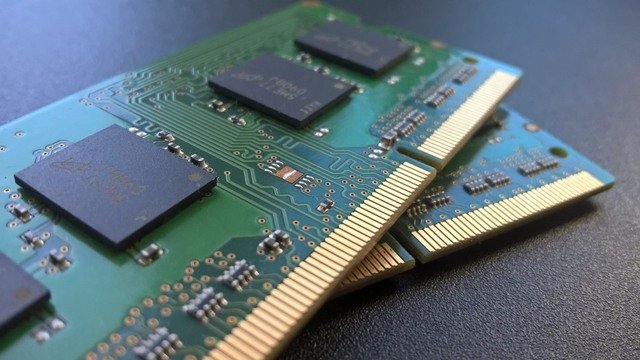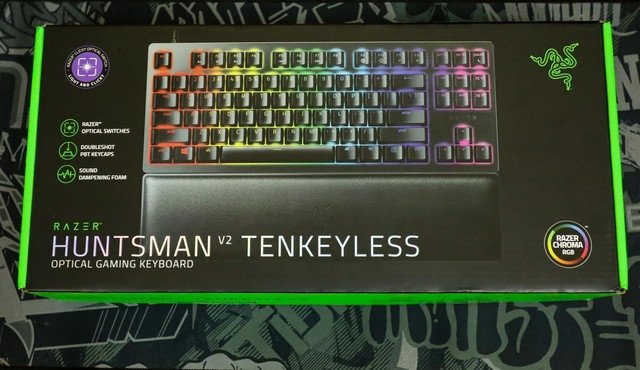Overclocking is often used in the context of a CPU or GPU, but you can also overclock your RAM (random access memory) to achieve faster speeds.
The speed of RAM, measured in MHz, refers to its data transfer rate.
How does RAM overclocking work?
Computer RAM stores data used by the processor.
RAM performance largely depends on its operating frequency, as well as its latency characteristics, commonly known as timing.
Higher frequency RAM will perform faster data transfers.
Frequency and duration
In an ideal condition, RAM will have high frequency and low timing.

Compromises often need to be made to increase one or the other.
Memory module manufacturers know this and carefully select memory chips for each stick, testing and pairing memory modules for the highest possible performance.
Both are important, but in general, higher frequency usually outweighs duration when it comes to performance impact for the average user.
Proceed to overclock the RAM

When you overclock any hardware, including RAM, it’s important to establish a baseline level of performance before modifying any settings.
Before attempting an overclock, run the benchmarking utility to establish this baseline.
Next, it’s time to start overclocking.
Overclocking RAM is a relatively simple way to get more out of your hardware.
(According to Intel)



